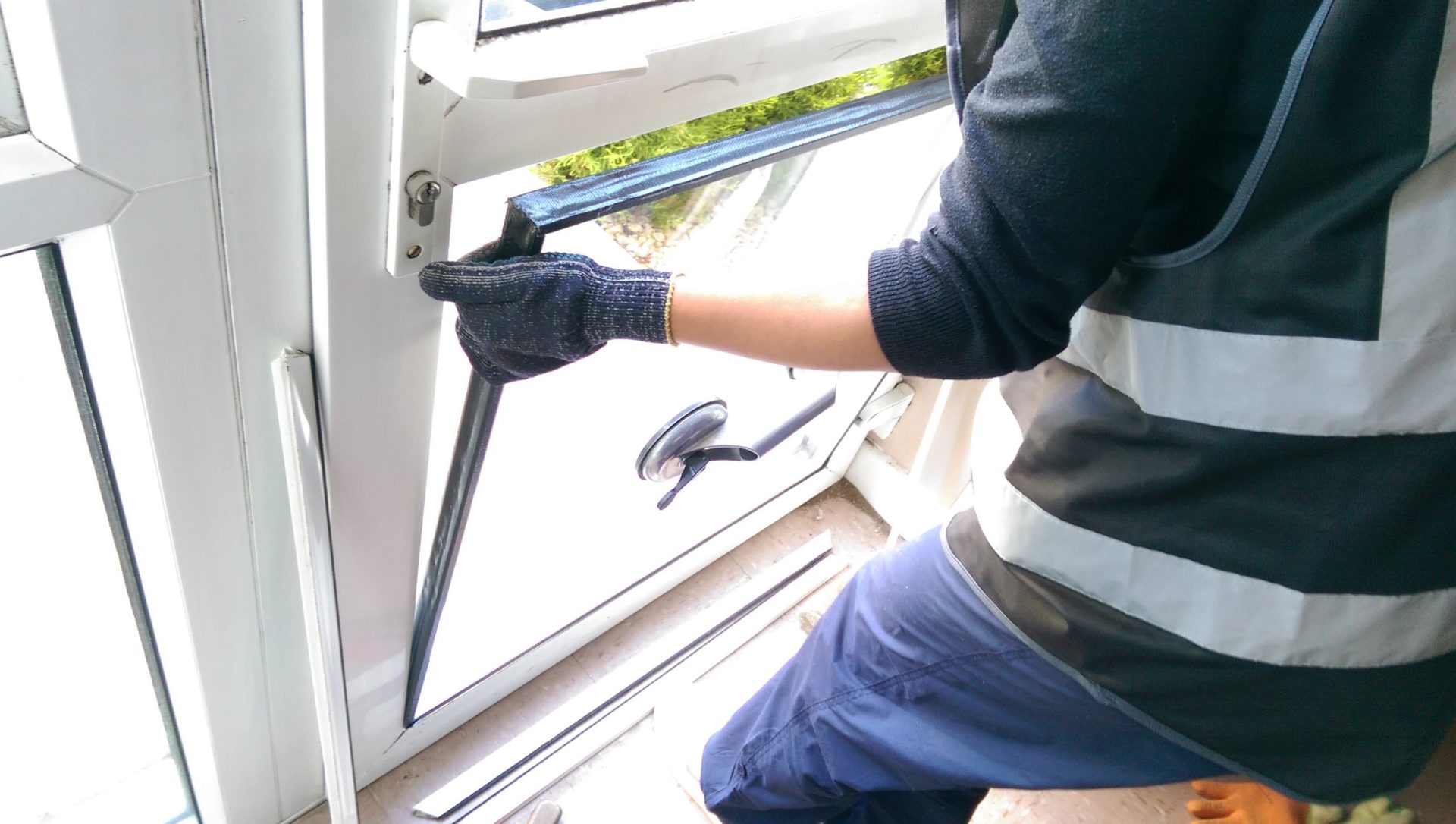The Most Popular Energy-Efficient Windows Is Gurus. 3 Things
Energy-Efficient Windows: An Overview
In recent years, the demand for energy-efficient windows has surged, driven by increasing energy costs, increased environmental awareness, and the desire for improved convenience in homes and industrial structures. quick double glazing installation -efficient windows are developed to lower energy intake, improve thermal convenience, and lower greenhouse gas emissions. This extensive guide will explore the functions, advantages, and different kinds of energy-efficient windows offered in the market.
Understanding Energy-Efficient Windows
Energy-efficient windows are specifically crafted to minimize energy loss while optimizing natural light and looks. They attain these goals through a mix of innovations that improve insulation, reduce air infiltration, and show or absorb solar heat.
Key Components of Energy-Efficient Windows:
Frame Materials: The material of the window frame significantly affects its energy effectiveness. Common materials include:
- Vinyl: Excellent thermal performance and low maintenance.
- Wood: Natural insulator however requires routine maintenance.
- Aluminum: Durable however less effective unless thermally broken.
- Fiberglass: High toughness and energy performance, frequently utilized in high-end applications.
Glazing: The kind of glazing (or glass) used is an important factor:
- Single Glazing: Least efficient; permits substantial heat transfer.
- Double Glazing: Two panes of glass with a space in between, considerably enhancing insulation.
- Triple Glazing: Three panes of glass; offers the best efficiency but at a higher cost.
Low-E Coatings: Low-emissivity finishings are thin layers used to glass that show heat back into a structure during winter season while deflecting solar heat in summer season. This function can considerably minimize heating & cooling costs.
Gas Fills: Argon or krypton gas is often used to fill the areas in between the panes of double and triple-glazed windows, offering it with extra insulation properties.
Warm Edge Spacers: These are materials used to separate the panes of glass. Warm-edge spacers assist reduce thermal bridging and enhance total window efficiency.
Advantages of Energy-Efficient Windows
The benefits of setting up energy-efficient windows in a building are considerable, both economically and ecologically.
Economic Benefits:
- Lower Energy Bills: By decreasing the quantity of heat lost throughout winter and heat gained in summer season, energy-efficient windows can lead to considerable cost savings in heating and cooling expenses.
- Increased Property Value: Homes with energy-efficient upgrades might have a greater resale worth. Many buyers actively look for energy-efficient features.
- Tax Credits and Rebates: Many regions offer monetary rewards for homeowners who update to energy-efficient windows, making them more budget-friendly.
Ecological Benefits:
- Reduced Carbon Footprint: By lowering energy consumption, energy-efficient windows contribute to a decrease in greenhouse gas emissions.
- Improved Indoor Air Quality: Better insulated homes frequently reveal a decrease in drafts and wetness problems, which can lead to much healthier living environments.
Convenience Benefits:
- Consistent Indoor Temperature: Energy-efficient windows assist preserve a steadier indoor temperature, minimizing cold spots near windows and eliminating overheating.
- UV Protection: Many energy-efficient windows can block hazardous UV rays, safeguarding furnishings and floor covering from fading.
Types of Energy-Efficient Windows
Selecting the best type of energy-efficient window will depend upon numerous factors such as climate, building style, and budget. Below are some typically utilized types:
Window Type
Description
Best For
Casement Windows
Hinged on one side, these windows open outwards, providing excellent ventilation and airtightness.
Locations requiring good air flow
Double-Hung Windows
Functions 2 operable sashes that go up and down. They permit flexible ventilation and are simple to clean.
Traditional-style homes
Moving Windows
These windows move open horizontally, making them easy to operate and perfect for those who have actually restricted area.
Locations with restricted space
Image Windows
Fixed windows that do not open, taking full advantage of views and natural light, frequently paired with adjustable windows for ventilation.
Living rooms, dining locations
Bay and Bow Windows
Extended windows that produce a shelf or nook, adding architectural appeal and increased sunshine.
Living room, breakfast nooks
Choosing the Right Energy-Efficient Window
When selecting energy-efficient windows, property owners ought to think about the list below elements:
- Local Climate: Different areas have various climate requirements. For instance, homes in the northern U.S. may gain from windows that keep heat, whereas southern homes may need windows that reflect heat.
- Window Orientation: The direction that windows face can affect energy performance. South-facing windows might take advantage of solar heat gain in winter, while north-facing windows might need more insulation.
- Performance Ratings: Look for windows with a good Energy Star rating, which licenses them as reliable in supplying energy effectiveness.
Often Asked Questions (FAQs)
What is the distinction between energy-efficient and standard windows?Energy-efficient windows are created with special materials and technologies that boost insulation and minimize energy loss, whereas basic windows may do not have these features, resulting in higher energy intake.
How can I tell if my windows are energy-efficient?Look for signs such as Low-E finishings, multiple panes of glass (double or triple glazing), and a great energy performance rating (like Energy Star).
Are energy-efficient windows worth the financial investment?Yes, while they may have a higher upfront expense, energy-efficient windows typically conserve homeowners money on energy costs and lower carbon emissions gradually.
Can I set up energy-efficient windows myself?While some homeowners may take on window setup as a DIY task, expert setup is typically suggested to guarantee appropriate sealing and insulation.
For how long will energy-efficient windows last?With correct maintenance, energy-efficient windows can last 20 to 30 years, making them a long-lasting financial investment for your home.
Energy-efficient windows use many advantages, consisting of lower energy costs, enhanced comfort, and decreased ecological impact. By comprehending their functions, benefits, and the various types readily available, property owners can make informed decisions that contribute not just to their own convenience but likewise to a more sustainable future. Buying energy-efficient windows is not simply a smart option for your wallet; it is a significant step towards producing a greener and more efficient global environment.
